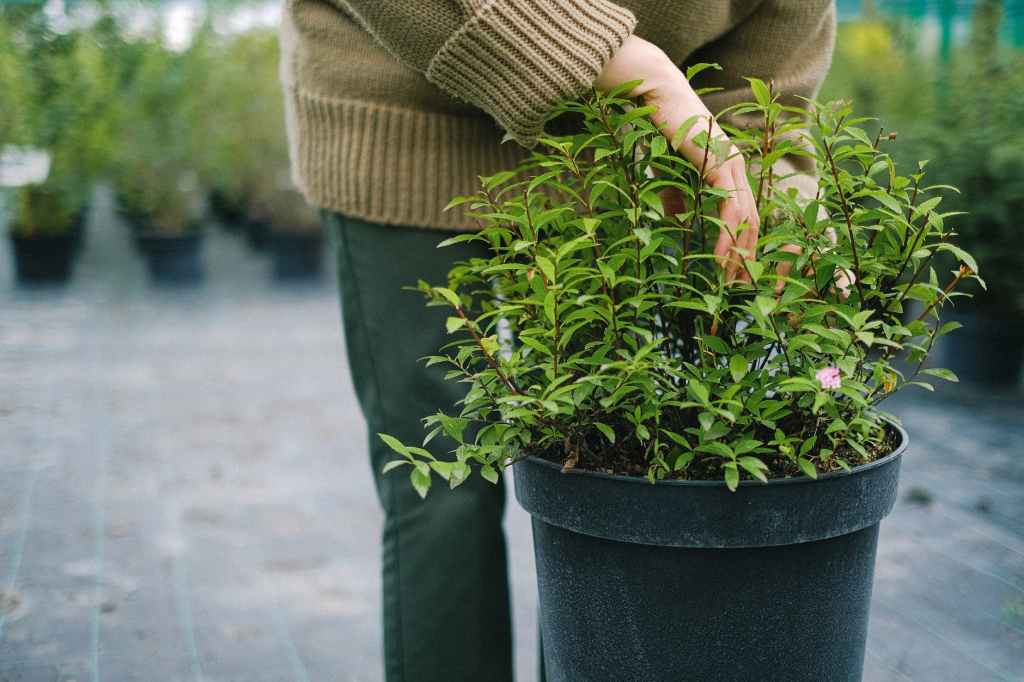How to create an eco-friendly home? As humanity continues to impact and damage the environment at an unprecedented rate, it’s both our individual and collective responsibilities to make positive changes to our lifestyle to secure the future of our planet and live more eco-friendly.
According to the Committee on Climate Change, UK households contribute 40% to total UK carbon emissions. This highlights that it is a crucially important area for tackling climate change and other environmental issues.
Creating an eco-friendly home is an important step towards tackling climate change individually and collectively.
Positive action starts at home and it’s quite remarkable how seemingly small steps add up to larger, cumulative changes!

Eco-Friendly Home
Creating an eco-friendly home revolves around water, consumption, waste management and energy usage which are by far the biggest contributors to yearly CO2 and carbon emissions.
1) Consider Heat Networks, Heat Pumps or Electric Heating
Fundamentally changing your heating provision to modern, eco-friendly alternatives can permanently reduce a home’s carbon footprint.
Your home may already be part of one of the 17,000 heat networks that exist across the UK, but if it isn’t then electric heating is an option worth looking into.
The Climate Change Committee says that low-carbon energy usage can cut household emissions by 79%.
- Use of Air source heat pumps, Ground source heat pumps, Solar water heating, Biomass or Thermal energy stores.
- Use of Solar photovoltaic panels (SPVs) to generate renewable electricity.
- Replace all the bulbs in your home with LED lights.
- Install energy-efficient appliances to cut baseline energy usage.
- Switch off electronics at the wall rather than letting them sit on standby.
- Dry your clothes outside instead of using the dryer.
- Wash in cold water (30′ degrees) to reduce energy consumption.

2) Insulate
Efficient heating quickly loses its potency without good insulation.
Cavity wall insulation can have a huge effect but up to 40% of heat is lost through windows and doors, not the walls.
Insulating the loft, attic, or flat roof is a simple and effective way to reduce heat loss and heating bills.
You can DIY retrofit your home with door brushes, seals on windows and other insulation to prevent drafts – it all adds up!
3) Cut Water Usage
An average UK family home can use up to staggering 523 litres of water a day, or 200,000 litres or more every single year.
That might be hard to believe, but even flushing the toilet once will use 5 litres or more.
Factor in showers, baths, washing up, hosepipe usage, car washes (that can use over 250 litres) and so on and so forth and you see how it adds up.
Any alteration you can make to your water usage is crucially important.
According to one report, turning the tap off whilst you do the washing up could save some 666kg of CO2 each year – that’s equivalent to flying from London to Oslo!
Have a look at these top water saving tips from the SesWater company:
- Turning the tap off when brushing your teeth or shaving saves up to six litres every minute
- If you have a dual flush toilet, use the small flush when possible and check if the cistern is leaking down the back of the pan between flushes – this wastes on average 400 litres a day
- Take a four-minute shower rather than filling up the bath which uses around 100 litres of water
- Make sure washing machines and dishwashers run on a full load as half load settings use more than half the amount of water and energy. You also don’t need to rinse dishes before they go in the dishwasher – simply scrape food into the bin which keeps sewers clear too
- Fix dripping taps – usually a new washer is all you’ll need
- Use the plug or a bowl to wash dishes or vegetables so you don’t need to leave the tap running
4) Eat your Leftovers
Households contribute to 53% of all household waste in Europe – this equates to 4.5 million tonnes a year in the UK.
The craziest thing is that the vast majority of food we throw away is perfectly edible!
- Plan menus based on what you already have. It cuts down on packaging and food waste. It is also more economical.
- Think twice before you chuck that sad-looking lettuce or cabbage away – it’s more than likely perfectly fine for you to eat.
- Shop your cupboards! Make a habit of consuming what you have in your pantry before buying more. Forgotten food at the back of your cupboards will expire and never be consumed.
5) Switch to Natural Cleaning Products
From toothpaste to soap and household cleaning products, there are eco-friendly or refillable alternatives out there waiting for you.
They may be more expensive, but you can use them less frequently to make up for it.
What’s more, you can give it a go at making your own. Check out our recipe here.
Finally, avoid synthetic fragrances and replace them with natural essential oils instead.
Article written in collaboration with Charlotte Murphy & updated by ED.






You must be logged in to post a comment.